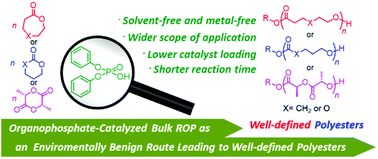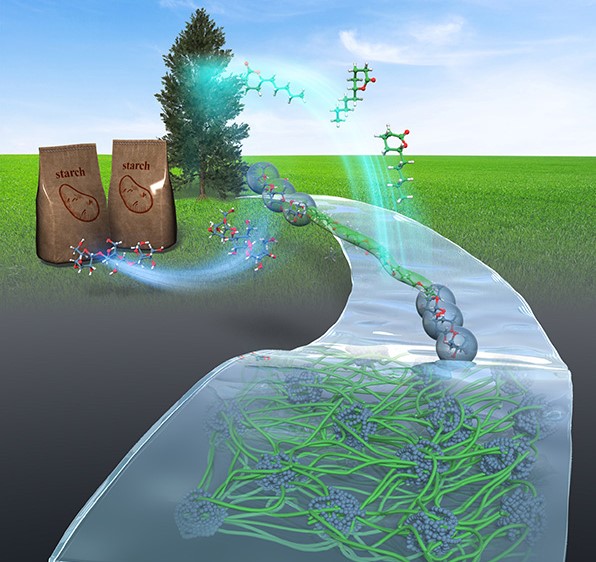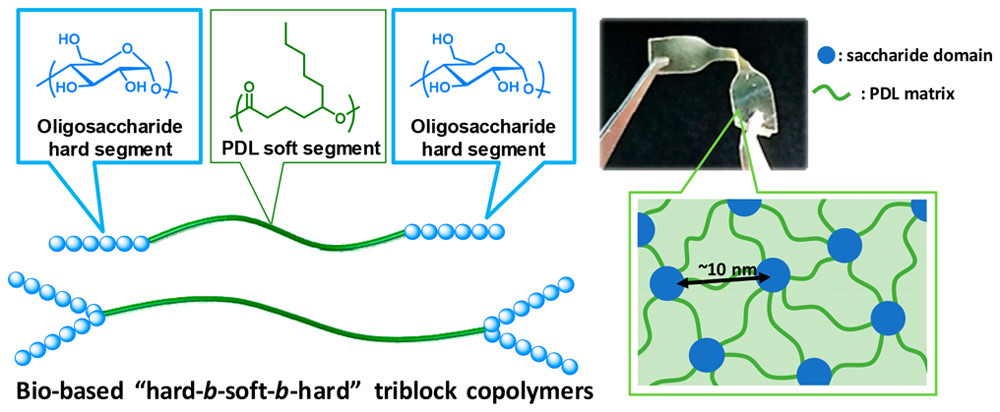Theme 01: Synthesis of Architectually Complex Copolymers via Precision Polymerization Techniques

Polymers having non-linear architectures such as star, macrocycle, multicycle, and cage-shape exhibit unique properties coming from their specific polymer architectures. We have been developing a precise and efficient strategy to achieve such "architectually complex polymers" and to reveal their detailed properties for the synthesis of novel functional material.

Ex:Synthesis of multicyclic polymers based on the consecutive cyclization
Click the following links to the articles
Article 1 (multicyclic polymers), Macromolecules(2018)
Article 2 (star-, 8-shaped polymer), Macromolecules(2013)
Article 3 (macrocyclic, 8-shaped, and tadpole-shaped polyemers), Macromolecules(2014)
Article 4 (star-shaped polymer), Macromolecules(2016)
Article 5 (brush polymer), Macromolecules(2014)
Article 6 (cage-shaped polyemers), Chem. Sci.(2019)
Article 7 (graft polymers with multicyclic side chains), Macromolecules(2021)







